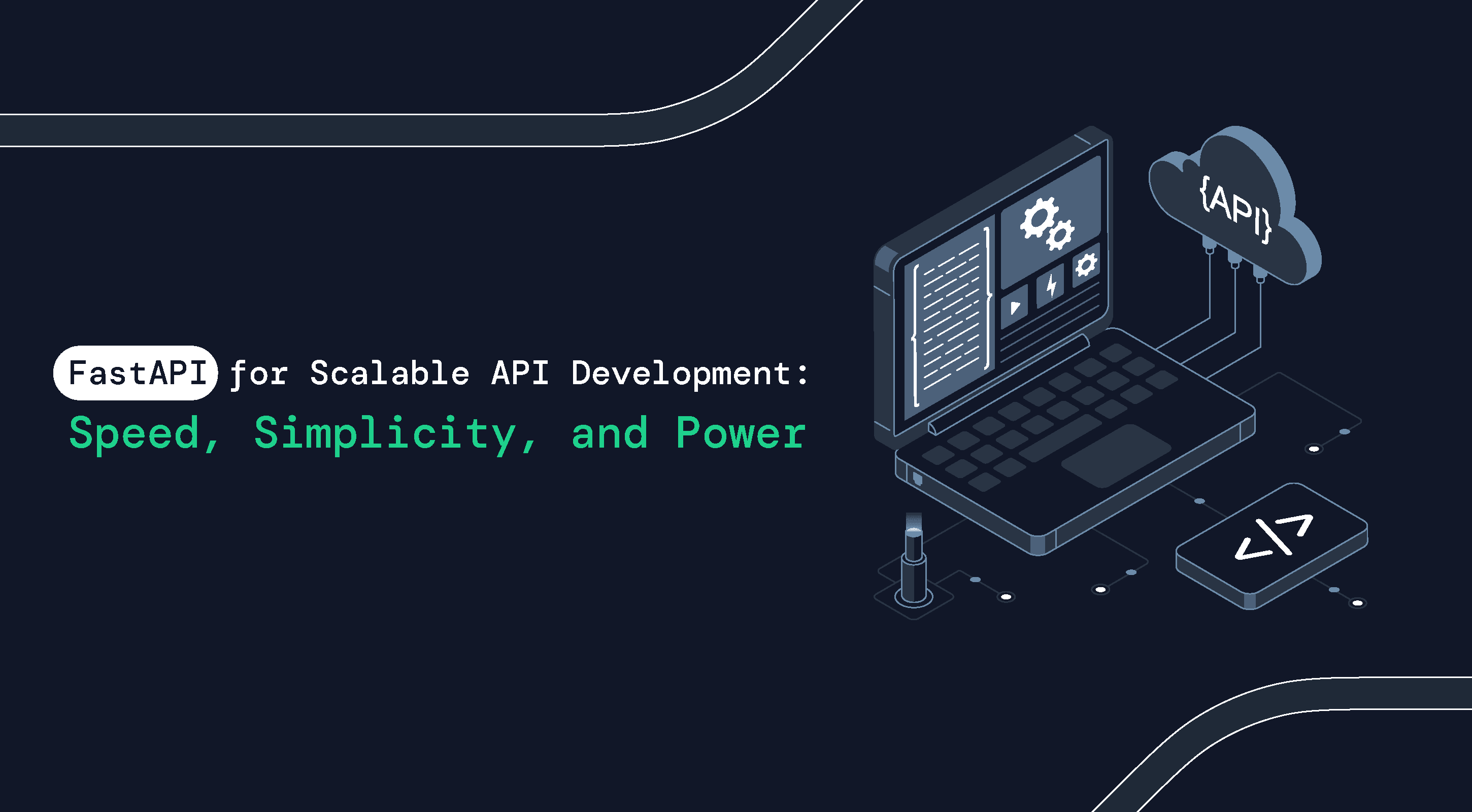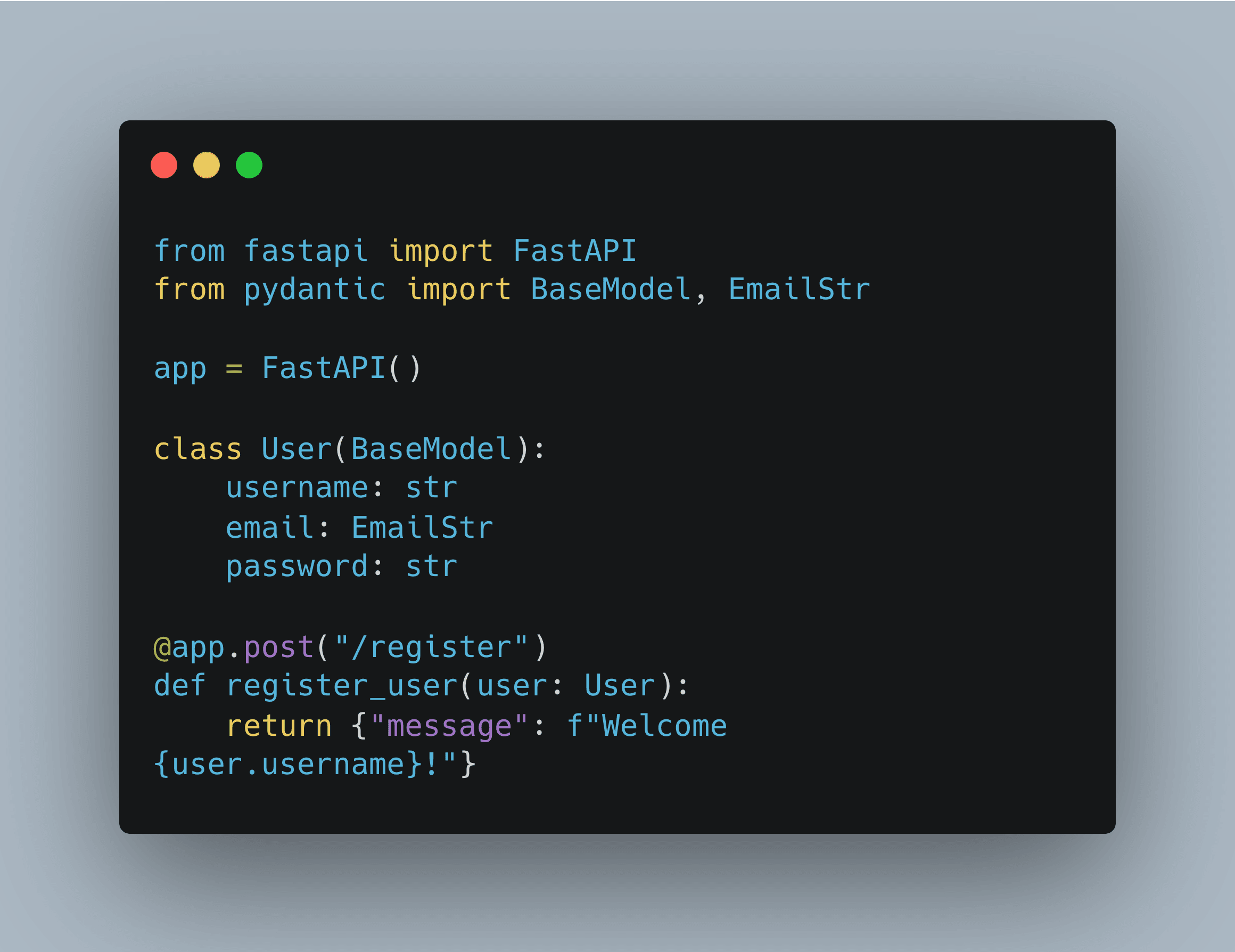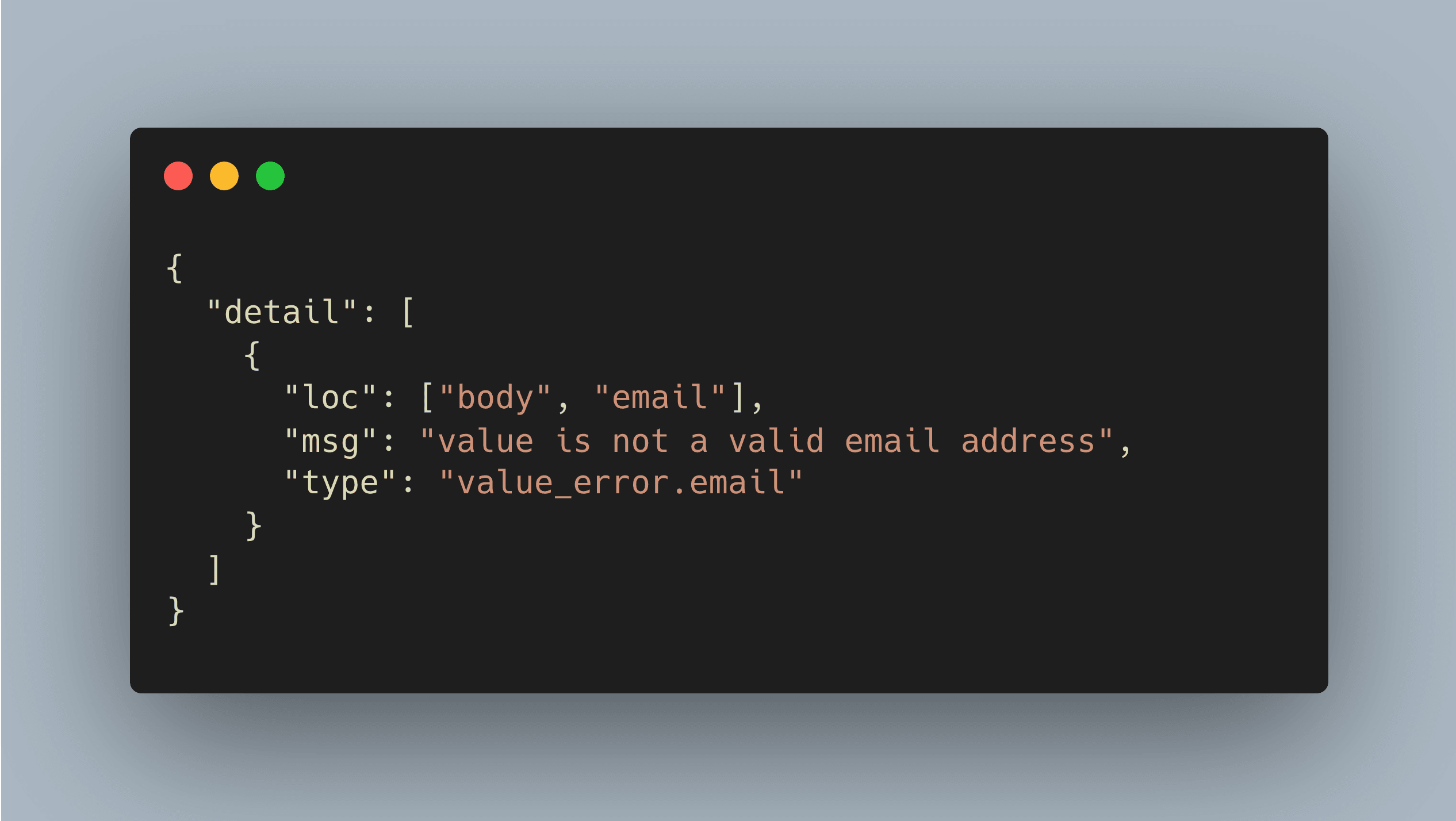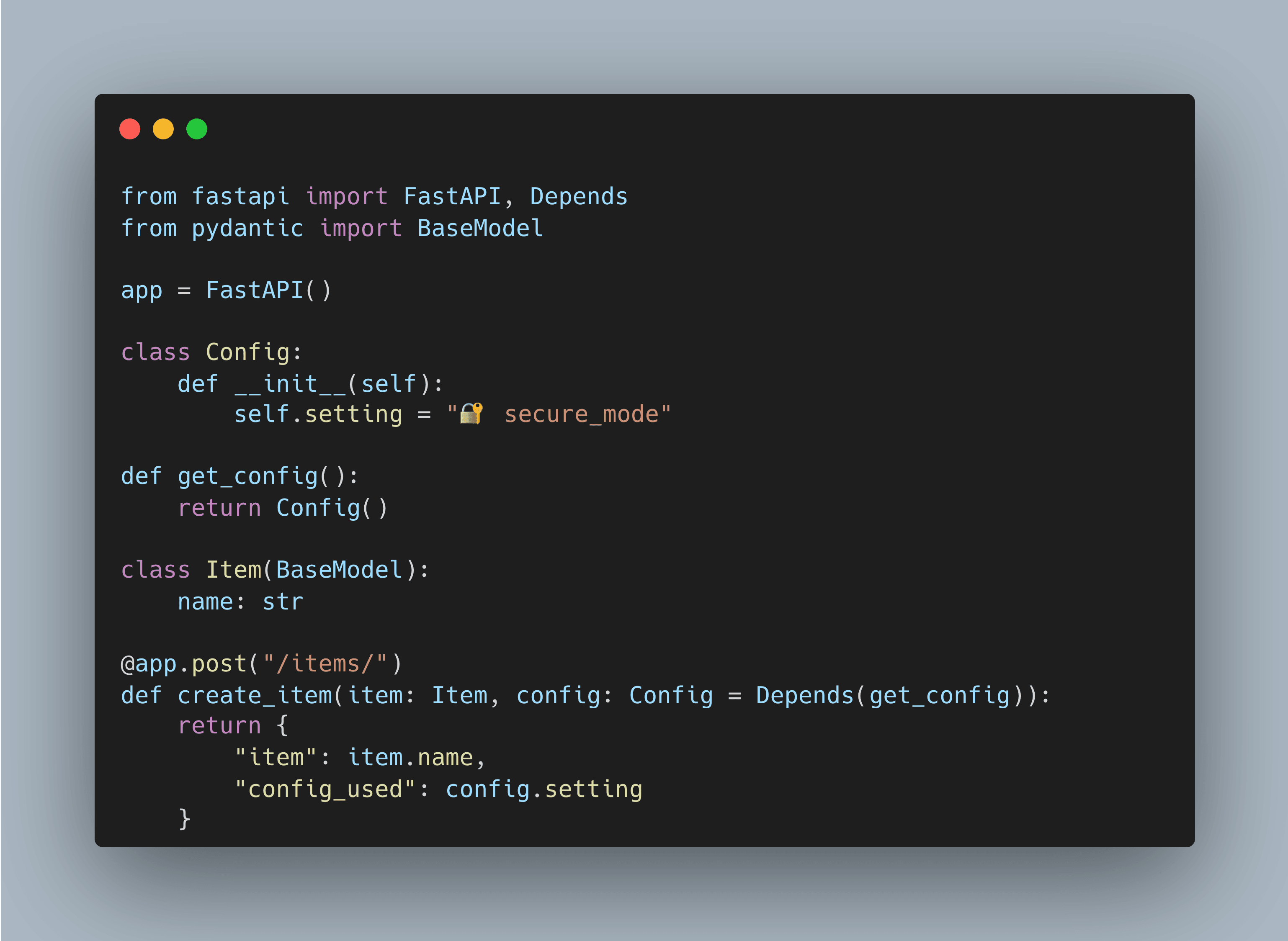Why FastAPI Is Becoming the Go-To Framework for Modern APIs?
FastAPI combines high performance with clean, modern development practices. Discover how it simplifies API building without compromising on scalability.

Jaswanth
Full-stack engineer

Lately, I’ve been diving deep into FastAPI , one of the coolest Python frameworks for building APIs today. It’s been getting a lot of buzz, but is it really that good? And can it handle the demands of big, scalable software systems?
After working with FastAPI hands-on, here’s my take on why it’s considered the best by many and why it’s genuinely scalable for real-world applications.
What Makes FastAPI Stand Out?
High Performance with Asynchronous Power
FastAPI isn’t just another Python web framework; it’s built for speed and modern development. Powered by Python’s async/await and the lightweight Starlette engine, it handles tasks like database calls or API requests without slowing down.
In high-traffic or real-time apps, FastAPI handles multiple requests smoothly without slowing down. Benchmarks show it often outperforms Flask and Django in async-heavy workloads.
Automatic Validation
FastAPI’s automatic request validation with Pydantic. You don’t need to write manual checks. It makes sure the data is valid and correctly typed as soon as it comes in. This helps reduce bugs and makes your APIs more reliable.
For example, here’s how easy it is to set up a user registration schema:

What’s happening here?
The User model automatically validates the incoming request body.
If any field is missing or has the wrong type, FastAPI returns a clear 422 error without you writing a single validation line.
Here’s how a malformed request gets handled:

Automatic Documentation
FastAPI also automatically generates interactive API docs using Swagger UI and ReDoc, based purely on your code annotations. Just visit:
/docs for Swagger
/redoc for ReDoc
This is a game-changer for:
Rapid testing of endpoints during development
Collaborating with frontend teams
Demonstrating APIs to clients or QA without Postman
No more outdated API docs or manually syncing schemas!
In fast-paced projects or when working with large teams, these two FastAPI features, automatic validation and interactive docs, make it incredibly developer-friendly and a true productivity booster.
Cleaner Code with Type Hints and Dependency Injection
One thing that makes FastAPI really shine is its deep integration with Python’s type hints. Not only does this make your code more readable, but it also gives you smart auto-completion, better editor support, and early bug detection.
But that’s not all! FastAPI also has a powerful, built-in Dependency Injection (DI) system. This means you can write modular, reusable, and testable code with minimal boilerplate.
I find it comfortable to work with. It leads to clean code, quicker progress, and an overall smoother workflow.
Here’s a small example:

What’s happening here:
Item uses type hints for clean request validation.
get_config() is a dependency that gets automatically injected.
No need for manual setup or clutter: FastAPI handles the wiring.
This DI system works for everything from database sessions to API tokens, and it makes scaling up your app feel effortless.
But What About Scalability?
This is the big question, right? Can FastAPI handle the heat when things get real? Short answer: Yes! Here's where it really proves its worth to modern developers:
Built for Microservices
FastAPI naturally pushes you toward building small, focused services that can be deployed independently. This makes it perfect for microservices architecture, where each piece can scale on its own. No more monolithic monsters. Just clean, modular services ready to grow.
Cloud-Ready from Day One
FastAPI slips effortlessly into today’s DevOps world. Whether you're running Docker containers, deploying to AWS Lambda, scaling with Kubernetes, or setting up CI/CD pipelines, it just fits. Scaling horizontally by adding more servers or vertically by boosting resources is smooth and painless.
Battle-Tested in the Real World
We’re not just talking theory here. FastAPI is powering high-traffic platforms. from real-time analytics dashboards to e-commerce engines and social media apps. When performance and scale matter, teams are picking FastAPI, and it’s delivering.
Performance That Holds Up
Use async database drivers, add a caching layer, throw in connection pooling, and suddenly your app can handle thousands of concurrent requests without breaking a sweat. It’s fast, it’s efficient, and it’s got the architecture to back it up.
Quick Summary: Key Reasons to Choose FastAPI
Asynchronous support → Efficiently handles many requests at once
Auto data validation → Cuts bugs, improves API reliability
Interactive documentation → Saves dev time and improves collaboration
Type hints → Clean, safe, and maintainable code
Microservices ready → Modular, independently scalable architecture
Cloud/DevOps friendly → Smooth integration with modern deployment workflows
Final Thoughts
FastAPI isn’t just hype. It’s a modern, high-performance framework that makes building APIs faster, cleaner, and more efficient. Whether you’re working on a small project or a large-scale system, it helps you move quickly without sacrificing reliability. If you're exploring a go-to Python framework for modern APIs, FastAPI is worth considering. It's fast, easy to use, and built for the future.
If you need any assistance building APIs with FastAPI, reach out to our team at RailsFactory .We’re here to help.



